Mining: The pillar of the Manufacturing & Infra sectors
High spots of mining segment of India
Mining sector is among the most important pillars of the economy of a nation. It provides basic raw materials to many important industries. It can be fairly said that the country of India is a mineral rich country & has favorable geological atmosphere which is yet to be fully explored, assessed & exploited. Its geological setup is similar in many ways to that of resource rich countries like Canada, Australia, Brazil, South Africa, Chile & Mexico etc. Activities relevant to investigation in India are majorly carried out by GSI, MECL, various State Directorates of Geological Mining (DGMs), PSUs & private sector entities both domestic & subsidiaries of many global CoS. India total land area 3.2875 million sq. km out of which, GSI has identified 0.571 million sq. km. as Obvious Geological Potential (OGP) area for minerals. The Mines & Minerals (Development & Regulation Act), which governs the mineral sector, has been amended recently, by the Government. The amendment removed discretion by instituting auction to be sole method of grant of major mineral concessions and, thereby bringing in greater transparency. It also provided the much-needed impetus to the mining sector by deemed extension of mining leases. India has a liberalized FDI up to 100% in mining under automatic route .
|
Obvious Geological Potential (OGP) Area |
|
|
Mineral |
Area (sq. km.) |
|
Gold |
1,02,809 |
|
Diamond & Precious Stones |
3,00,000 |
|
Base Metals |
1,81,150 |
|
Platinum Group of Elements |
8,130 |
|
Iron ore |
5,135 |
|
Manganese ore |
4,600 |
|
Chromite |
2,690 |
|
Manganese |
6,000 |
|
Tin & Tungsten |
1,300 |
|
Bauxite |
32,520 |
Mineral concessions (Mining Lease & Prospecting Licence cum Mining Lease) grant to be done through auctions for the CoS interested in mining or for the raw material for their downstream industry. An Inter-ministerial Group facilitator constituted for expediting the clearances & approvals. Exploration CoS can venture into the revenue share model being formulated for exploration of blocks identified by GSI. About 100 blocks have already been identified by GSI for auctioning. India has vast mineral potential with mining leases granted for longer & stable tenure of 50 years. The demand for various metals & minerals will grow substantially over the next 15 years. India’s strategic location enables convenient exports. India’s/ capita steel consumption is four times lower than the global average. India produces as many as 88 minerals which include 4 fuels minerals, 3 atomic minerals, 26 metallic & non-metallic minerals&55 minor minerals (including building & other materials).
|
Mineral |
India’s Production |
India’s rank |
India’s Reserves |
India’s Rank |
|
Iron Ore |
6 % |
4th |
4 % |
6th |
|
Manganese |
5 % |
6th |
8 % |
5th |
|
Bauxite |
5 % |
6th |
3 % |
8th |
|
Chromite |
14 % |
3rd |
12 % |
3rd |
|
Barytes |
19 % |
2nd |
13 % |
2nd |
|
Zinc |
6 % |
6th |
5 % |
5th |
|
Talc |
15 % |
2nd |
8% |
6th |
Sector survey
Mining is a major economic activity in India & the industry is the backbone of the manufacturing & infra sectors of the economy. It provides basic raw materials to several significant industries, including thermal, iron & steel, petroleum & natural gas, electrical & electronics equipment, among others. Indeed, the country is well-endowed in minerals; presented below is a snapshot of all that stands out in India’s Mining Sector: The sector contributed about 2.6% of GDP in 2015-16, with barely 20% of reserves mined; India presents a major opportunity for investors.
Robust development in the mining sector is fueled by sustained growth in the automotive & infra sectors. In turn this leads to a higher demand for power & steel in the country. With an average production of 24 Million vehicles annually, India’s automotive sector is one of the largest in the world. Infrastructure projects in the country play a significant role in providing attractive business opportunities for steel, zinc & aluminum producers. India’s construction sector is the second largest contributor to India’s economy & accounts for the second-highest inflow of FDI after services. Additionally, minerals like manganese, lead, copper & alumina are estimated to witness double-digit growth in the coming years. A closer look at the infra build-out in the country reveals multiple opportunities for growth in the mining sector: Higher public spending on infra &transportation, particularly on rail, roads & ports is a govt. priority. Spending on railways is expected to double to over USD 15 Billion a year. City metro systems are being built across India, with over 10 projects underway or planned. India is set to double its port capacity over the next decade, with as many as six new mega ports planned. There is a trend of rapid urbanisation with 100 Smart Cities planned by the FY 2020. About 80 to 100 metric tons of cement/ annum is expected to be added over the next five years. Economic growth & modernisation driving the energy demand, particularly coal: Energy demand over the next 25 years is estimated to grow at 4%/ annum.
Quite clearly, the demand side potential is all set to grow. India is still at an early stage on the mineral consumption curve which implies that as the GDP of the country increases, its mineral consumption would grow at a rapid pace in line with the growth witnessed in other emerging markets like China & Brazil. It is estimated that the coal demand in India will see an annual growth of 5% by the FY 2021, the biggest growth ever. India is also being considered as a “new catalyst” for iron-ore demand with the government decision to triple spending on public infra. India holds a fair advantage in terms of cost of production, especially in the case of conversion costs in steel & aluminum & cheap labor. Adding to this, the country’s strategic location also accelerates the demand for exports to developed as well as fast-developing nations. The country is well-endowed in minerals, with striking similarity to mineral-rich regions like Antarctica, Australia, South America & South Africa. However, India is yet to be completely explored & this is exactly where the opportunity lies. The government is focused on accelerating mineral exploration activity in the country through the NMEP. The policy aims at making available geo scientific data of world standards in the public domain. The NMEP envisages involvement of the private sector in carrying out quality research in the area of mineral exploration, while aiming for the creation of a dedicated geo science database. MMDR was amended in 2015 & then in 2016 to make the process of allocation of mineral blocks more transparent & competitive through auction. The amendments also allows M & As of CoS & facilitates ease of doing business to improve profitability & decrease costs of the CoS dependent on supply of mineral ore from captive leases. Until November 2016, 17 mineral blocks across seven states have been auctioned. This has led to generation of additional revenue to the tune of USD 7 Billion.
Under this Act, a National Mineral Exploration Trust has also been established to encourage exploration activities & also keep a check on illegal mining. Until May 2016, there has been a deposit of at least USD 30 Million & 13 mineral exploration projects have been approved. The government of India has also undertaken several other measures to promote the growth & development of this sector. To mitigate the adverse impact of mining on the environment, health & people living in mining districts, the Govt. has launched the PMKKKY. Primary objective of PMKKKY is to implement a range of welfare projects in mining areas. Under the scheme, at least 60% of the funds are proposed to be utilised for meeting basic needs like drinking water supply, health care, sanitation & skill development. The remaining funds are used for infrastructural needs, such as construction of roads & railways. Mining practices require skilled & reliable manpower. To address this challenge, the govt. has set up a Skill Council for Mining Sector to train 450,000 people in the mining sector to help them with employment in the next ten years. With the Government consistent efforts in the promotion & development of the sector as well as the untapped potential the industry offers, the mining sector is poised to make significant strides & reach its pinnacle in the years to come.
Growth drivers
With the Indian economy expected to grow by approximately 7% in the years to come, sectors such as infra & automobiles will receive a renewed thrust, which would further generate demand for power & steel in the country. This is expected to provide a major thrust to the demand of minerals like coal & iron ore. The growth in the mining sector in terms of production of minerals has significantly improved in comparison to recent past. There has been a notable turn around ever since government has taken initiative for policy reforms. This turnaround is very much visible in terms of growth in Gross Value Added (GVA) in mining & quarrying sector. During 2015-16, so far the sector has recorded a growth of 3.6% in comparison to similar period last year. The results of Index of Industrial Production for 2015-16 up to the month of Mar, 2016 indicate that during the period, mining & quarrying segment showed an increase of 2.2% in comparison to same period last year. There is a noticeable surge in mineral production in India. Production of major minerals during the current financial year up to March has recorded the growth of 9 % in comparison to same period last year. The real contributor to this growth has been Bauxite (27%), Chromite (33%), Copper Conc. (30%), Iron ore (21%) & Lead Conc. (32%) in the metallic segment. This growth story is significant as international commodity market is in state of turmoil owing to weak signals coming from the Chinese economy. Minerals like manganese, lead, copper, alumina are expected to witness double digit growth in the years ahead. There is significant scope for new mining capacities in iron ore, bauxite, coal. India has an advantage in the cost of production & in conversion costs of steel & alumina. Sustained growth in India’s automotive sector has been driving demand for steel & aluminium. Infra projects continue to provide lucrative business opportunities for steel, zinc & aluminium producers.
The policy of FDI
FDI up to 100% under Automatic route is allowed in Mining & Exploration of metal & non-metal ores including diamond, gold, silver & precious ores but excluding titanium bearing minerals & its ores; subject to the Mines & Minerals (Development & Regulation) Act, 1957.Coal & Lignite mining for captive consumption by power projects iron, steel & cement units & other eligible activities permitted under & subject to the provisions of Coal Mines (Nationalization) Act, 1973.Setting up coal processing plants like washeries subject to the condition that the company shall not do coal mining & shall not sell washed coal or sized coal from its coal processing plants in the open market & shall supply the washed or sized coal to those parties who are supplying the raw coal to coal processing plants for washing or sizing. FDI which are entirely under the government route is allowed in, mining & mineral separation of titanium bearing minerals & ores, its value addition & integrated activities subject to sectoral regulations & the mines & minerals (Development & Regulation Act 1957).
Sector policy
MMDR Act, which governs the mineral sector, has been amended recently, by the government. The amendment removed discretion by instituting auction to be sole method of grant of major mineral concessions and, thereby bringing in greater transparency. It also provided the much-needed impetus to the mining sector by deemed extension of mining leases. The Salient features of the recent amendments are: Mineral Concessions grant through auctions to bring transparency & remove discretion. DMF: District mineral foundation (DMF) to address the long time grievance of the people affected by mining & in turn improve the image of the mining sector.
NMET: National Mineral Exploration Trust (NMET) for incentivizing regional & detailed exploration to fill the gaps in exploration in the country. Mining leases for 50 years & even the existing leases deemed extended eliminating any renewals for security of tenure. To promote conducive environment for trade, stronger penal provisions for checking illegal mining with higher penalties up to USD 7692.30/ hectare of the area. About 100 blocks have been identified by GSI for auctioning on revenue sharing mechanism for regional exploration to encourage private participation in exploration. The bidders would be protected by way of entitlement for a normative cost in the event unsuccessful outcome after exploration. The mechanism is being formulated in consultation with the stakeholders.
Financial support
The variation level & the parameter of measurement with respect to re-import of cut & polished diamonds after certification/grading from a foreign laboratory/agency are being increased as a trade facilitation measure. Under the existing provisions of Section 35 AD of the Act, an investment – linked tax incentive is available by way of allowing deduction of the whole of any expenditure of capital nature (other than expenditure on land, goodwill & financial investment) incurred wholly & exclusively for purpose of the “specified business” during the previous year in which such expenditure was incurred. In order to promote investment in new sectors, few more businesses have been added under the above section. Those related to the mining sector are laying & operating a slurry pipeline for the transportation of iron ore.
One-tenth of the expenditure on prospecting, extraction & production of certain minerals during five years ending with the first year of commercial production is allowed as a deduction from the total income. Export profits from specified minerals & ores are eligible for certain concessions. Minerals in their finished form are exempt from excise duty. There is low customs duty on capital equipment used for minerals on nickel, tin, pig iron & unwrought aluminium. Capital goods imported for mining under the Export Promotion Capital Goods (EPCG) scheme qualify for concessional customs duty subject to certain export obligations. Each state in India offers additional incentives for industrial projects, related to specific sector. Incentives have been provided in areas such as subsidised land cost, the relaxation of stamp duty on the sale or lease of land, power tariff incentives, a concessional rate of interest on loans, investment subsidies & tax incentives, backward areas subsidies & special incentive packages for mega projects.
Investment opportunities
Mineral blocks are being put up for auctions by the States for Mining or Prospecting cum mining, depending on their level of exploration. The grant process is to be completely transparent through a competitive bidding on an e-auction portal. An Inter-ministerial Group, Post Auction Mining Clearances & Approvals Facilitator (PAMCAF) has been constituted which will accelerate the requisite clearances to enable the early start of mining activity. Minerals with estimated value of USD 4.58 Billion disposed of in a transparent manner. The bidders would be entitled for a normative cost in the event of unsuccessful outcome. The mechanism is being formulated in consultation with the stakeholders.
Iron & steel: The iron & steel segment offers a product mix which includes hot rolled parallel flange beams & columns rails, plates, coils, wire rods & continuously cast products such as billets, blooms, beams, blanks, rounds & slabs as well as metallics & ferro alloy.
Aluminium:The aluminium segment includes alumina chemicals, primary aluminium, aluminium extrusions & aluminium rolled products.
Base metals: The base metals market consists of lead, zinc, copper, nickel & tin.
Precious metals & minerals: The precious metals market includes gold, silver, platinum, palladium, rhodium & diamonds. Some of the foreign investors are BHP Billiton (Australia); Rio Tinto (Australia); De Beers (Anglo American); Australian Indian Resources (Australia); India Resources Limited (Australia).
Small Mines
The Indian mining sector (non-fuel) consists of large number of small mines & their contribution is significant in total mineral production of metallic & non-metallic minerals, besides having export potential. But somehow, the production is nearly stagnant for the want of capital required for expansion of the mining activity. The banks & financial institutions are generally reluctant to give loans to small mine owners without having heavy equipment & machinery & this is coming in the way of augmentation of mines capacity. Therefore, some relaxation by the financial institutions to small mine owners need to be considered based on the valuation of mineral reserves. Large numbers of small miners are not able to employ qualified mining engineers & geologists & this has led to unscientific mining in number of cases in violation of MMDR Act & rules. The respective state government & Indian Bureau of Mines may have to be proactive in this regard. There is a large number of non-working mines in various mining belts in the country due to uneconomic working, high stripping ratio, grade & recovery constraints & also forest & environment clearances & poor infra facilities. A critical analysis of small mining sector to address various reasons behind non-working & dormant situation of small mines needs to be undertaken by the state government. Though the National Mineral Policy (NMP 2008) has envisaged cluster mining approach in small mines but the same remains unimplemented. Operation of cluster mining over large mineralized areas like limestone, dolomite, bauxite, slate, clay belts, can be considered in respect of following identified type areas – a) Indrawad – Jaitaram Chinaclay belt in Nagaur district, Rajasthan; b) Kolayat - Mudh-kotri – Guda fireclay belt in Bikaner district, Rajasthan; c) Quartz feldspar mica belt of Ajmer - Bhiwara in Rajasthan; d) China clay belt of Singhbhum district in Jharkhand; e) Graphite mines in Bolangir districts, Odisha; f) Jangir – Chopa lime stone belt in Chhattisgarh; g) Limestone of katni – Jhukehi&Satna belt in Madhya Pradesh&Bhagokot area of Karnataka; i) Bauxite 119 leases in Jamnagar & Kutch district in Gujarat; j) Limestone mines in Yeotmal district & Western Ghat bauxite in Maharashtra; k) Soapstone & Baryties mines in Andhra Pradesh;&l) Gypsum & quartz- feldspar mines in Tamil Nadu. A mechanism for amalgamation of small leases into one single lease needs to be evolved along with the modalities for some relaxation in forest & environment clearance. It is noteworthy that till 2010, small mines of less than 5 hectare areas were exempted from environmental clearances. The same rule needs to be applicable again. Granting of very small leases by sub dividing of a large deposit should be avoided by the state government in the interest of mineral conservation & minimum land degradation. The minimum area for grant of a mining lease for major mineral needs to be enhanced to 10 hectares.
Challenges
India is registering the rank low on both policy potential index & mineral potential, thus making it less impactful as an investment of mining destination. India is retaining the ranking 59 out of 96 mining jurisdictions on composite mineral & policy potential. India lags across all stages of mining as compared to other mining countries. There is a need to drive the initiatives across all stages for the entire evolution of the mining sector. Generation of the baseline data to promote the exploration activity, led by the GSI, is far from being complete. Aeromagnetic survey has covered only 18% of the India’s total area in contrast to 90% of Australia’s total area covered since 1990. India has geological data covering GEOSCIENCE 98% of the country’s total area, at a scale of 1:50,000. However, it lacks geophysical & geochemical data (only 2 to 4% coverage compared to 90 to 100% in Australia). GSI could focus on baseline data generation to encourage exploration activity by both large mining corporation & juniors. Traditionally India’s exploration spend has been low compared to other mining economies. India accounts for only 0.4% of the world exploration budget. Further, only 11 Corporations have planned exploration activity in India. India needs to increase its exploration spend to keep reserve development in line with production. EC/FC process takes a longer time due to process inefficiencies & ambiguous land records. Additionally, Corporations need multiple approvals from various state agencies, which are delayed in the absence of defined timelines. At present, it takes five years or more to obtain mining lease/ prospecting lease permit in India. This is much longer than the processing time in other mining geographies, for e.g., it takes less than two months in Canada & Australia. Long processing times may discourage applications for new rights. Most countries have been reducing their processing times with a target of less than 3 months as their processing period. Mine closure is a critical area for sustainable development & needs to be enforced through regulatory measures. Currently, the financial guarantee for mine closure is very low in India & does not sufficiently deter defaulters. Western Australia & Canada require corporations to pay a large %age of the mine closure cost (70% in Western Australia) upfront as financial security.
Initiatives needed
India has large mineral reserves & the mining sector can play a crucial role in holistic development of the country. For this, both central & state government need to make way for the industry to flourish. The industry too should keep in mind the development of all stakeholders. 10 core initiatives could put the mining sector on an accelerated growth trajectory.
Accelerate commercial mining in coal & ramp up coal production from existing coal blocks. Implement a progressive resource allotment process using a transparent & competitive mechanism. Create an integrated single window clearance process. Review the land acquisition act to facilitate faster project execution. Develop the necessary logistics infrastructure. Attract juniors to significantly ramp up exploration activity. Proactively address the mining skilled labor gap. Implement a progressive mining legislation & ensure stability in laws & guidelines for the industry. Corporations need to manage sustainability pro-actively – specifically env. & scientific mining. Critical to ensure all rules & regulations are followed. CoS need to invest in new capabilities to ensure the license to operate. The Indian coal industry lacks competitiveness with Coal India accounting for more than 80% of domestic production. Historical coal production growth rate has been ~2 to 3%. The country needs a growth rate of 7 to 8% to meet future demand Pvt. & commercial miners could bring in more investment & advanced technology, essential for rapid growth of India’s coal mining industry. India lacks advance technology. Commercial miners may bring in up-to-date technology & expertise in the field of mining. Lack of competition inhibits private & foreign investment. Competition in coal mining may ensure investment required to boost coal production. Logistical difficulties are a bottleneck in increasing mine production. Consider development of pvt. rail tracks to connect mines to major railway corridors & also leveraging sea route. Most of the mining jurisdictions have adopted FCFS methodology for allotting bulk mineral resources. India’s context is unique & there is a need to adopt some of the global best practices in the long term.
India’s natural resources should be alloted with the aim to maximise their value to the population of the country. India needs a differential treatment from other mining jurisdictions because of its unique context - existence of known & partially known mineralised areas & supply demand imbalance. Land acquisition is a major issue faced by mining CoS &the current land act has resulted in increased land costs & lengthier processes. India needs to expand its logistics infrastructure for major steel, iron ore & coking coal routes. This includes building two DFC corridors (Kolkata-Mumbai, Delhi-Kolkata), capacity expansion along high volume routes (e.g., Goa-Chennai)&capacity expansion at major ports to facilitate transport through the sea route. To debottleneck coal production at major CIL mines, 3 mine rail corridors (viz. Tori-Shivpur-Kathuria, Jharsuguda-Barpali& EW corridor) need to constructed. To facilitate coal transport through sea route to costal demand regions, it is necessary to expand capacity at major sea ports. China has been using sea route for transporting of coal from supply to demand centres. Similar transport mechanism in India decreases cost of transportation & overcome railway capacity constraints.
Mining labour is the chief factor which contributes in the sustainable development of the sector, especially as there could an incremental demand of 1.5 to 2.5 times of current workforce by 2025. To bridge the impending shortage of human capital in mining, the Ministry could work with the HRD Ministry to increase the number of seats in mining engineering in relevant institutes over the next 10-15 years, including short-term mining-specific courses for delivery through ITIs in the 6 major mining states. The govt. could also facilitate pvt. sector participation in skill development for the mining sector by prioritising it in the NSDC charter. Mining Corporation need to address concerns of all stakeholders to create a conducive environment for the industry to flourish. Mining CoS have taken several steps to address stakeholder concerns across different parameters such as job creation, environmental sustainability, etc. This ensures harmony across all stakeholders & ensures smooth functioning. Mining corporations have to make the effort to understand stakeholder concerns, especially for the local population & align & prioritise their stakeholder management programmes accordingly. Employment is the most prominent concern that the corporations need to address to control and maintain the confidence of a stakeholder.



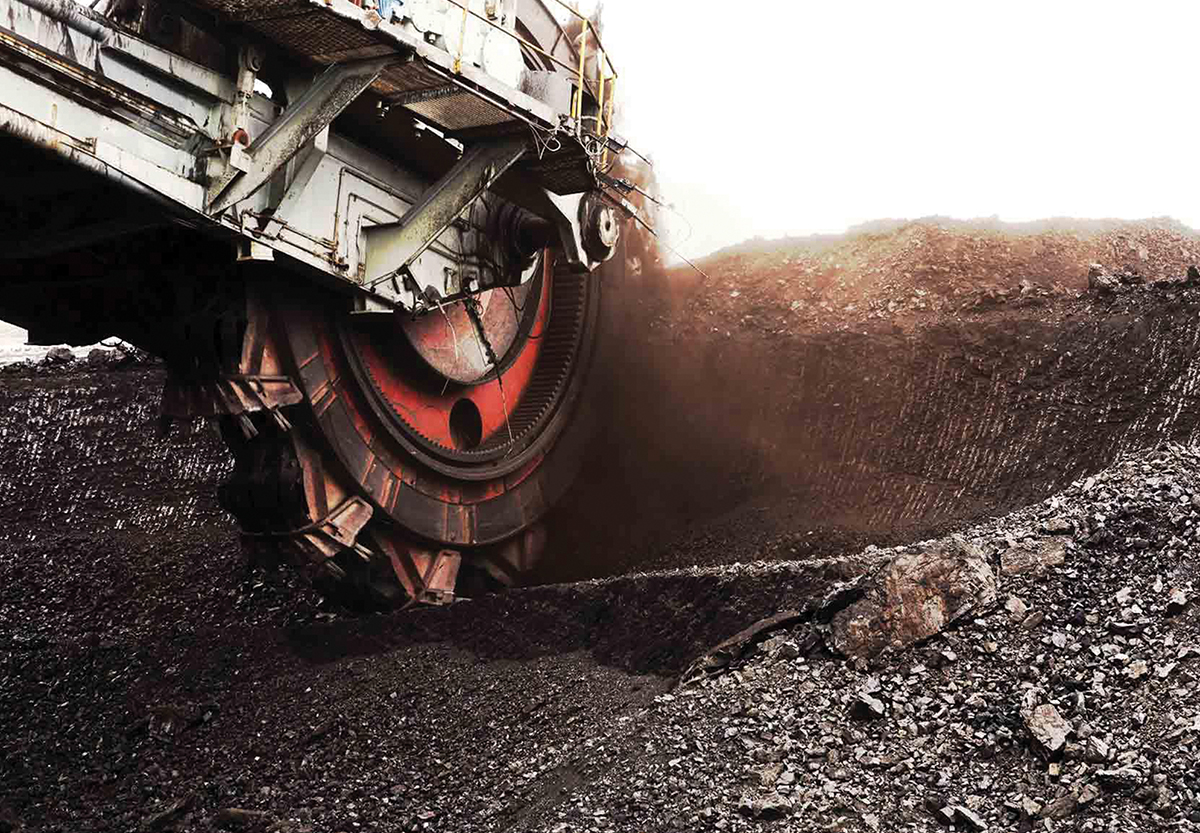


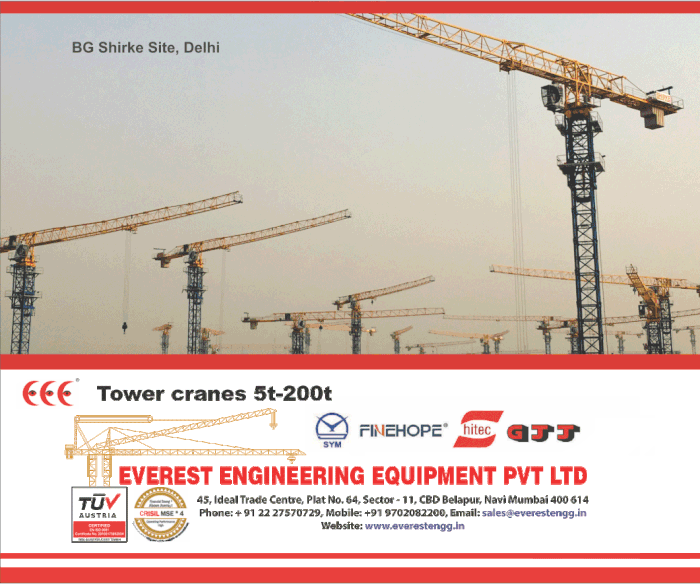
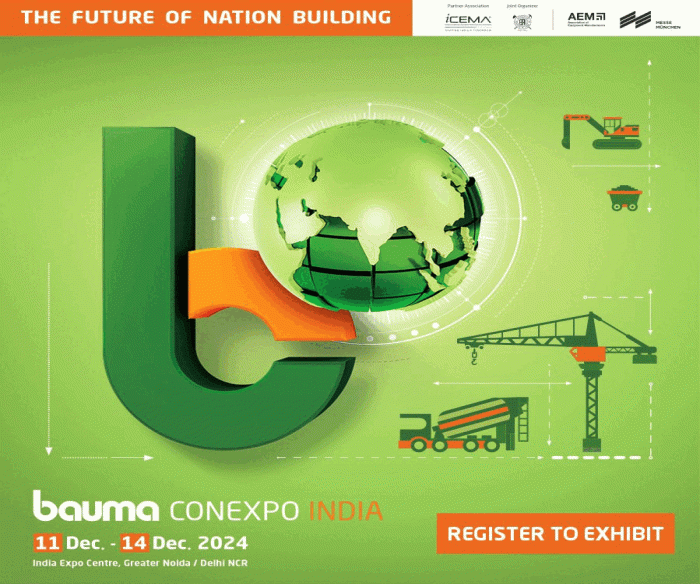
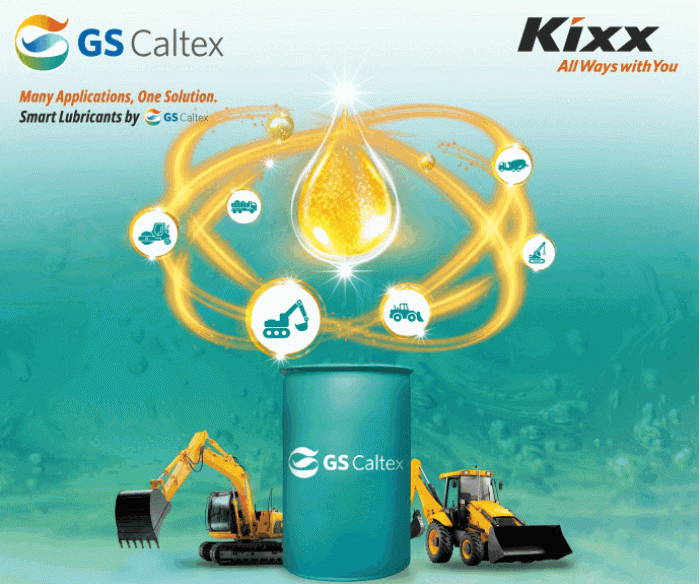
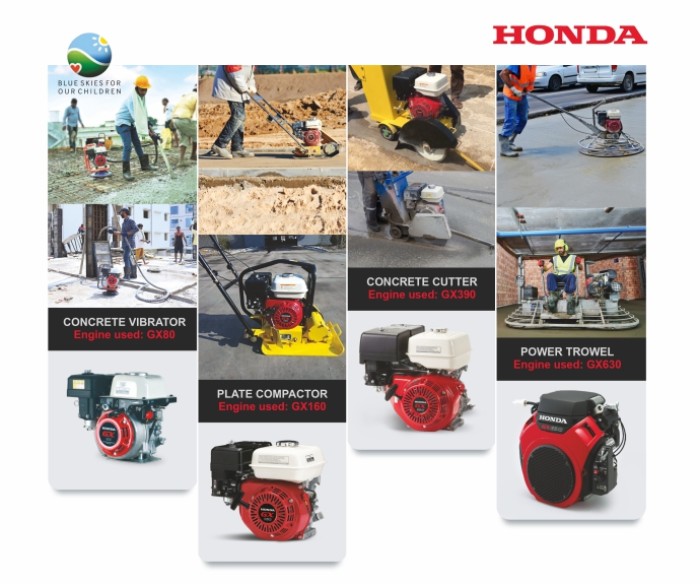
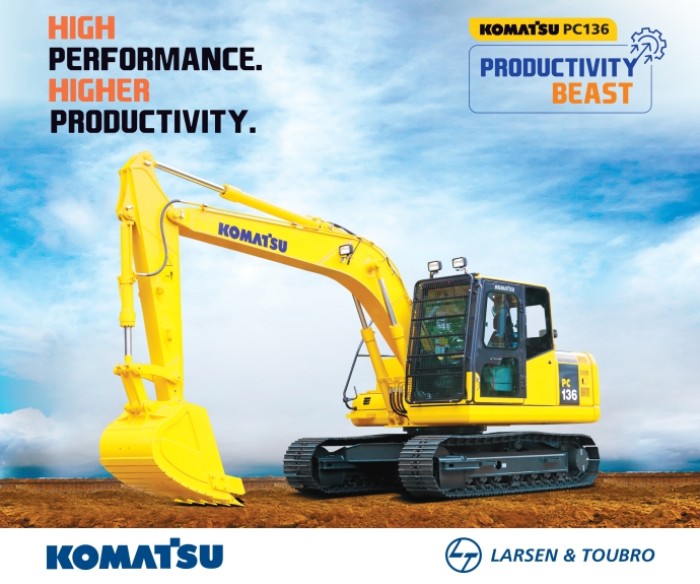





Leave a comment